The practice of crop rotation has been a cornerstone of sustainable farming for centuries, but what exactly is crop rotation, and what are its advantages?
Crop rotation is an agricultural practice that involves alternating the types of crops grown in a specific field in a planned sequence. This age-old technique offers numerous advantages, including improved soil health, enhanced water use efficiency, and increased crop yield.
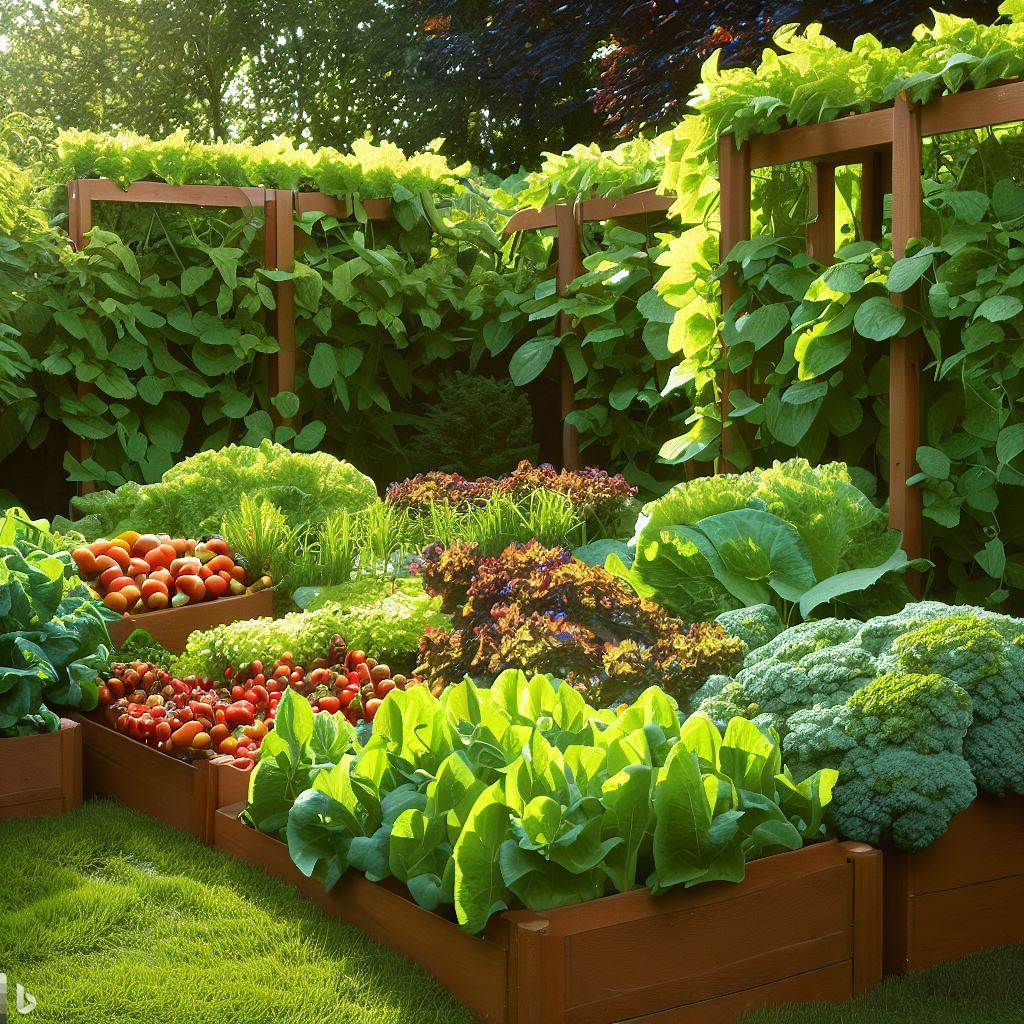
Understanding Crop Rotation
Crop rotation is not a new concept; it’s been around for thousands of years, with evidence of its use dating back to ancient Roman, African, and Asian societies.
The basic principle of crop rotation is simple: don’t plant the same crop in the same place year after year. Instead, you rotate your crops, changing what you plant in each field (or part of your garden) every year or every few years.
When I first started gardening, I made the rookie mistake of planting tomatoes in the same spot for the first few years. By the third year, my tomato plants were struggling, and the yield was disappointing.
That’s when I learned about crop rotation and decided to give it a try. The following year, I planted beans where the tomatoes used to be, and the results were amazing.
Not only did my bean plants thrive, but when I planted tomatoes in that spot the next year, they were healthier and more productive than ever!
♻️ Rotation Recommendation: Crop rotation isn’t just for large farms; it can be implemented in small home gardens too. Even if you only have a few raised beds, you can still benefit from rotating your crops. ♻️
The key to successful crop rotation is planning. You need to consider the nutritional needs and growth habits of each crop, as well as how they might affect the soil and each other.
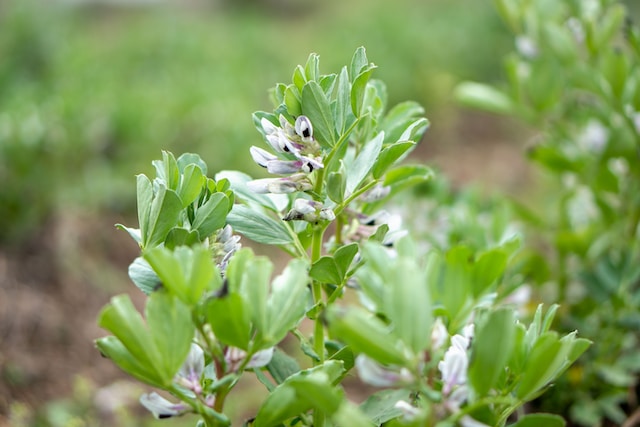
Broad beans are a great example of a cover crop that can fix nitrogen back into the soil after a heavy feeder.
Plus, they’re great to snack on while you’re wandering around your garden!
For example, legumes like peas and beans can fix nitrogen in the soil, making it more fertile for the next crop.
On the other hand, heavy feeders like corn and tomatoes can deplete the soil of certain nutrients, so following them with a light feeder or a soil-enriching cover crop can help maintain soil health.
♻️ Rotation Recommendation: Keep a garden journal to track what you plant where each year. This will make planning your crop rotation much easier. ♻️
The Advantages of Crop Rotation
There are numerous advantages to rotating your crops. From improving soil health to promoting sustainable agriculture, it can be a game-changer in the world of farming and gardening.
Improving Soil Health
One of the most significant benefits of crop rotation is its positive impact on soil health. By rotating crops, you can help maintain and even improve the nutrient balance in your soil.
Think of it like a balanced diet for your garden.
Just as our bodies need a variety of nutrients to stay healthy, so does the soil. Different crops have different nutrient needs and leave different residues behind.
By changing the crops you plant, you can ensure that your soil gets a balanced diet and doesn’t become deficient in any essential nutrients.
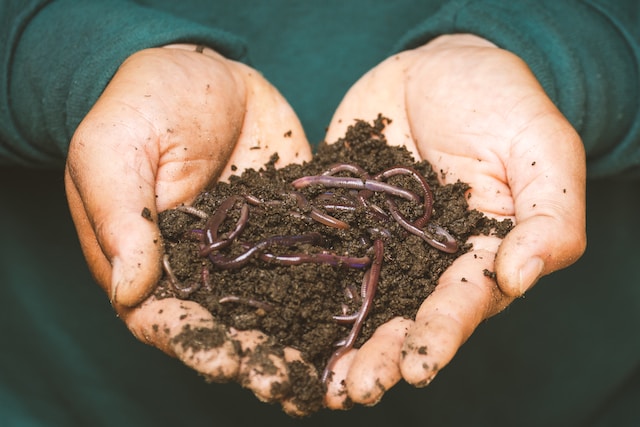
Crop rotation improves soil biology by diversifying nutrients,
stimulating earthworm activity, and enhancing soil health.
For instance, legumes like peas and beans are known to fix nitrogen in the soil, a nutrient that’s essential for plant growth. Following a nitrogen-fixing crop with a nitrogen-loving crop like corn or tomatoes can result in healthier plants and higher yields.
♻️ Rotation Recommendation: Nutrient cycling is a natural process where nutrients are recycled back into the soil through plant and animal waste. Crop rotation aids this process, helping to maintain a healthy nutrient balance in the soil. ♻️
Enhancing Water Use Efficiency
Another advantage of crop rotation is its ability to enhance water use efficiency. Different crops have different water needs and root structures, which can affect how water is used and retained in the soil.
For example, deep-rooted crops like carrots can help break up compacted soil layers, allowing water to penetrate deeper into the soil.
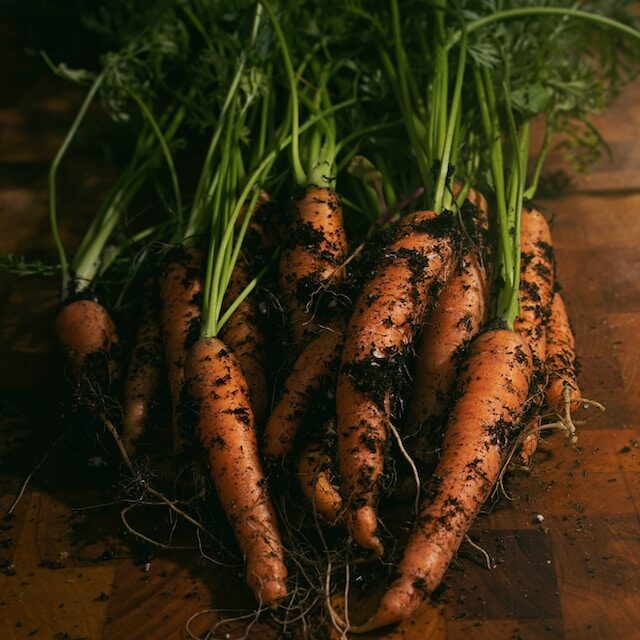
This can be beneficial for subsequent crops with shallower root systems, as it allows them to access water that they wouldn’t be able to reach otherwise.
♻️ Rotation Recommendation: Pairing crops with complementary water needs in your rotation plan can help you make the most of your water resources, especially in areas with limited rainfall. ♻️
Boosting Crop Yield
Crop rotation can also boost crop yield. By improving soil health and water use efficiency, crop rotation creates an optimal environment for crops to thrive.
In my own garden, I’ve seen a noticeable increase in yield since I started implementing crop rotation. My tomato plants are healthier, and the fruits are larger and more abundant.
It’s a clear testament to the power of crop rotation.
♻️ Rotation Recommendation: Keep in mind that the benefits of crop rotation may not be apparent immediately. It’s a long-term strategy, but the results are worth the wait. ♻️
Promoting Sustainable Agriculture
Finally, crop rotation plays a crucial role in promoting sustainable agriculture.
By improving soil health, enhancing water use efficiency, and boosting crop yield, crop rotation helps create a farming system that’s more resilient and less dependent on synthetic fertilizers and pesticides.
In a world where sustainability is becoming increasingly important, practices like crop rotation are more relevant than ever.
By implementing crop rotation, we can contribute to a more sustainable future, one garden or farm at a time.
Crop Rotation in Practice
The key to successful crop rotation is planning. You need to consider the nutritional needs and growth habits of each crop, as well as how they might affect the soil and each other.
♻️ Rotation Recommendation: Keep a garden journal to track what you plant where each year. This will make planning your crop rotation much easier. ♻️
Let’s take a look at a simple four-year crop rotation plan for a home garden:
- Year 1: Legumes (e.g., peas, beans) 🌱
- Year 2: Leafy vegetables (e.g., lettuce, spinach) 🥬
- Year 3: Fruiting vegetables (e.g., tomatoes, peppers) 🍅
- Year 4: Root vegetables (e.g., carrots, beets) 🥕
When I was doing my permaculture course, they taught us a mnemonic for this…
♻️ LEGGY-LEAFY-FRUITY-ROOTY ♻️
Here is an example 4 year plan for a 4 bed garden. When you reach the 5th year, you just start back at Year 1.
| Bed 1 | Bed 2 | Bed 3 | Bed 4 | |
|---|---|---|---|---|
| Year 1 | LEGGY | LEAFY | FRUITY | ROOTY |
| Year 2 | LEAFY | FRUITY | ROOTY | LEGGY |
| Year 3 | FRUITY | ROOTY | LEGGY | LEAFY |
| Year 4 | ROOTY | LEGGY | LEAFY | FRUITY |
In this plan, each group of crops is followed by a group that has different nutrient needs, helping to maintain a balanced nutrient profile in the soil.
- The legumes in the first year fix nitrogen in the soil
- The nitrogen is then used by the leafy vegetables in the second year
- The fruiting vegetables in the third year have a different nutrient profile
- The root vegetables in the fourth year help to break up the soil and improve its structure.
♻️ Rotation Recommendation: Remember, crop rotation plans can be adjusted based on your specific needs and conditions. The important thing is to avoid planting the same crop (or crops from the same family) in the same spot year after year. ♻️
Implementing crop rotation in larger farming scenarios can be more complex, but the principles remain the same. You might have a longer rotation plan that includes cover crops and fallow periods, or you might incorporate livestock into your rotation to help manage crop residues and recycle nutrients.
♻️ Rotation Recommendation: In larger farming systems, it can be helpful to map out your fields and keep detailed records of your crop rotation plan. This will make it easier to track your rotations and make adjustments as needed. ♻️
Crop rotation requires some planning and effort, but the benefits for your soil health and crop yield are well worth it.
Plus, it’s a great way to contribute to sustainable agriculture and help create a healthier planet.
A Closer Look at Plant Families for Effective Crop Rotation
A key aspect of successful crop rotation is understanding plant families. Different plant families have different nutrient needs and are susceptible to different pests and diseases. By rotating crops based on their plant families, you can help ensure a balanced nutrient uptake and prevent the buildup of specific pests and diseases. Let’s take a closer look at some common plant families and how they factor into a crop rotation plan.
Alliums
This family includes onions, garlic, leeks, and shallots. Alliums are heavy feeders, meaning they require a lot of nutrients, particularly nitrogen. They’re best planted after a crop that leaves plenty of nitrogen in the soil, such as legumes.
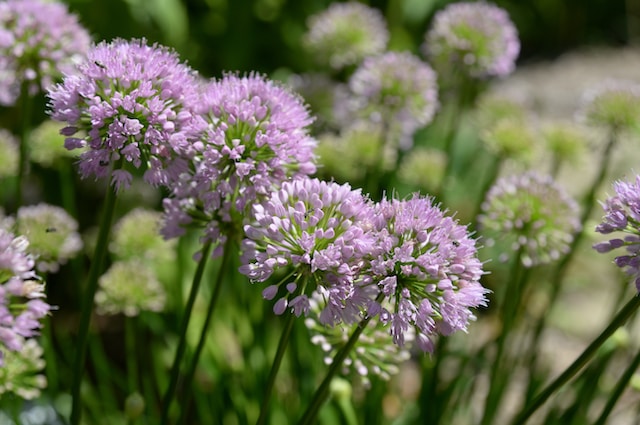
Legumes
Legumes, including peas, beans, and lentils, are unique in that they can fix nitrogen from the air into the soil. This makes them excellent for improving soil fertility. They’re often planted before heavy feeders like alliums or nightshades.
Brassicas
The brassica family includes crops like cabbage, broccoli, kale, and radishes. These plants are also heavy feeders, particularly of nitrogen. They’re often rotated with legumes or planted after green manure crops to take advantage of the nitrogen these plants add to the soil.
Nightshades
Nightshades, or Solanaceae, include tomatoes, potatoes, peppers, and eggplants. These plants are susceptible to several soil-borne diseases, so rotating them with other families can help prevent these diseases from building up.
Umbellifers
Umbellifers, such as carrots, parsley, and celery, are relatively light feeders and can be planted after heavy feeders like brassicas or alliums. They also have deep roots that can help break up compacted soil, improving its structure for future crops.
Cucurbits
Cucurbits include cucumbers, melons, and squash. These plants are heavy feeders and benefit from being planted after a soil-enriching crop like legumes.
A Note on Perennials and Herbs
While crop rotation is a valuable practice for annual crops, it’s important to note that it doesn’t apply in the same way to perennial vegetables and herbs.
Perennials, like asparagus, rhubarb, or herbs such as rosemary and thyme, are long-term residents in your garden. They stay in the ground year-round and continue to grow for several years.
Moving them each year as you would with annual crops can disrupt their growth and reduce their productivity.
Instead, dedicate a specific area of your garden to these perennials.
You can still practice crop rotation in the rest of your garden with your annual crops, while your perennials happily grow in their permanent spots, year after year.

Debunking Myths: The Role of Crop Rotation in Gardening
It’s important to address some of the misconceptions that often surround this practice.
One common myth is that crop rotation is a cure-all solution for every garden problem.
While it’s true that crop rotation offers numerous benefits, it’s important to understand that it’s not a magic bullet.
Crop rotation is just one part of a holistic gardening approach. It works best when combined with other sustainable gardening practices.
For instance, you’ll still need to manage pests, water your plants appropriately, and provide the necessary care for your plants to thrive.
♻️ Rotation Recommendation: Think of crop rotation as one piece of the puzzle. It’s an important piece, but your garden’s success will depend on how all the pieces fit together. ♻️
In the end, the goal is to create a balanced and sustainable garden ecosystem.
Crop rotation is a key part of this, but it works hand in hand with your other gardening practices.
So, while crop rotation might not solve all your garden problems, it’s a significant step towards a healthier and more productive garden.
Crop Rotation Q&A
Question: Can I practice crop rotation if I only grow flowers?
Answer: Absolutely! While we often talk about crop rotation in the context of vegetables, the same principles can apply to flowers. Different flowers have different nutrient needs and can benefit from rotation.
Question: How long does it take to see the benefits of crop rotation?
Answer: The benefits of crop rotation can be seen over a few growing seasons. It’s a long-term strategy that improves soil health and crop yield over time.
Question: Can crop rotation help with weed management?
Answer: Yes, crop rotation can help with weed management. Different crops compete with weeds in different ways, and rotating crops can help keep weed populations in check.
Question: Can crop rotation help with erosion control?
Answer: Yes, crop rotation, especially when combined with cover cropping, can help prevent soil erosion. Different crops have different root structures, and rotating crops can help create a more stable soil structure that is resistant to erosion.
Question: Is crop rotation only for organic gardening, or can conventional farmers benefit too?
Answer: Crop rotation can benefit all types of gardening and farming, whether organic or conventional. It’s a sustainable practice that improves soil health and productivity, regardless of your gardening or farming methods.
Conclusion
In my own gardening journey, I’ve seen firsthand the positive impact of crop rotation.
It’s been a game-changer for my soil health and crop yield, and I encourage you to consider implementing it in your own garden or farm.
Remember, the key to successful crop rotation is planning. Start with a simple rotation plan and adjust it as you learn more about your soil and crops. Keep a garden journal to track your rotations, and don’t be afraid to try new crops as part of your rotation plan.
Happy Rotating ♻️ 😊 ♻️

[…] gardening, playing a significant role in maintaining soil health and productivity. There are many advantages to crop rotation, but how often should you rotate […]